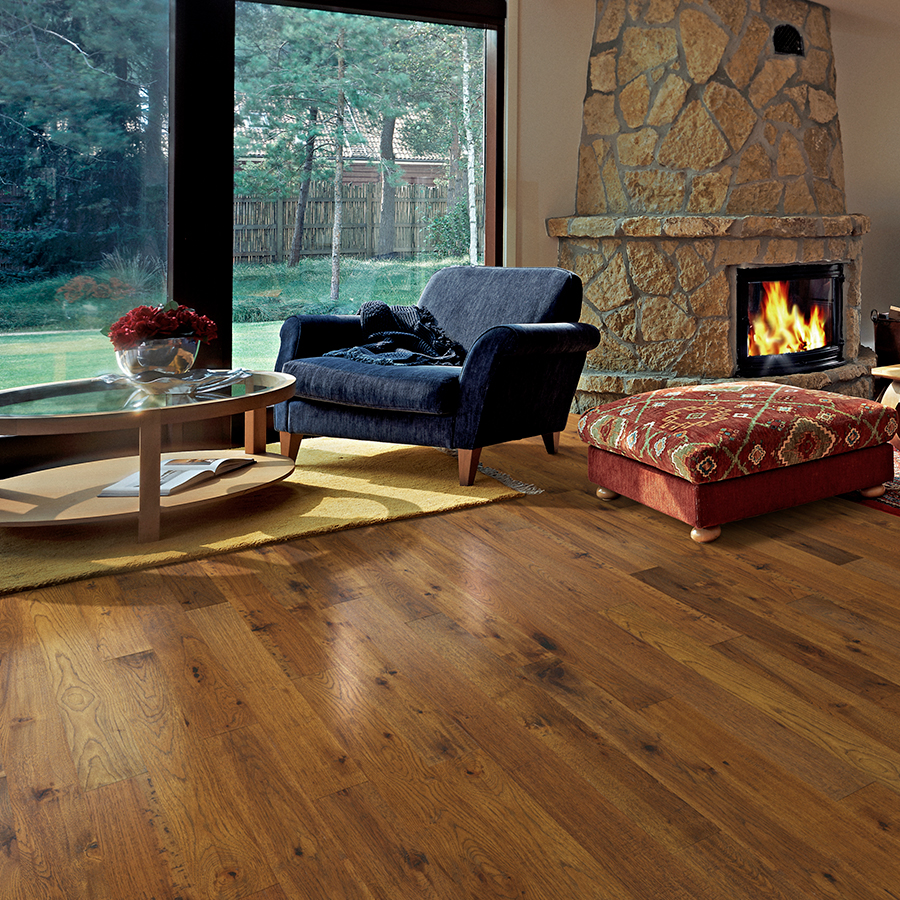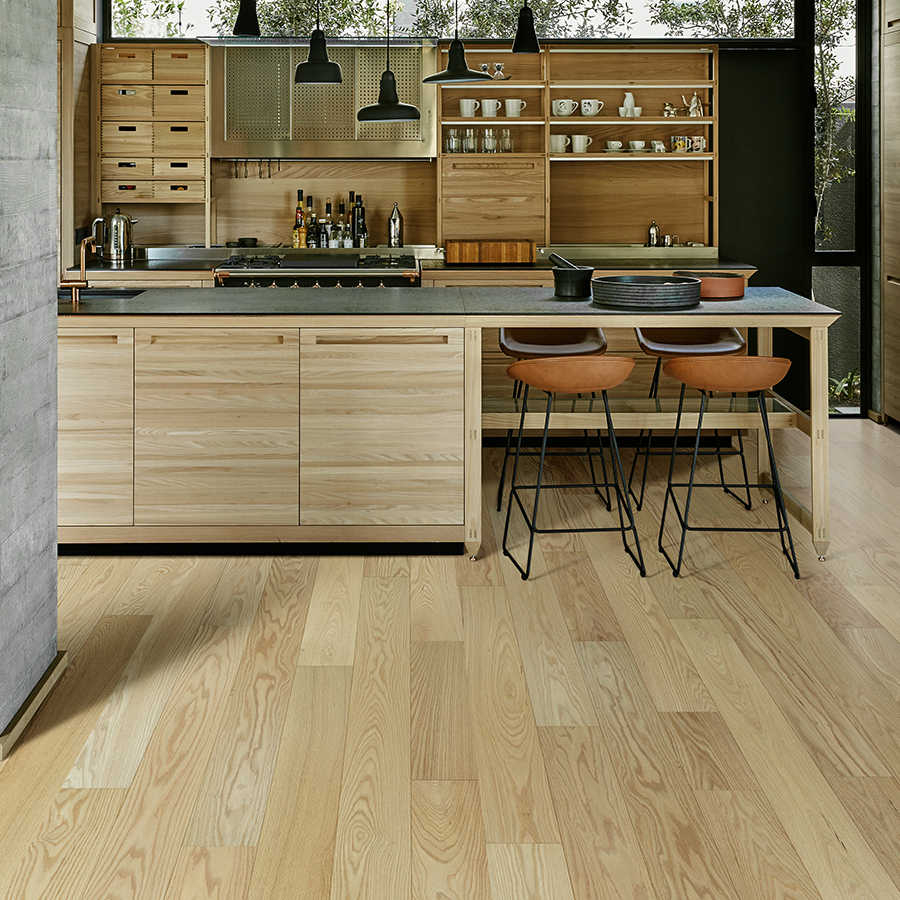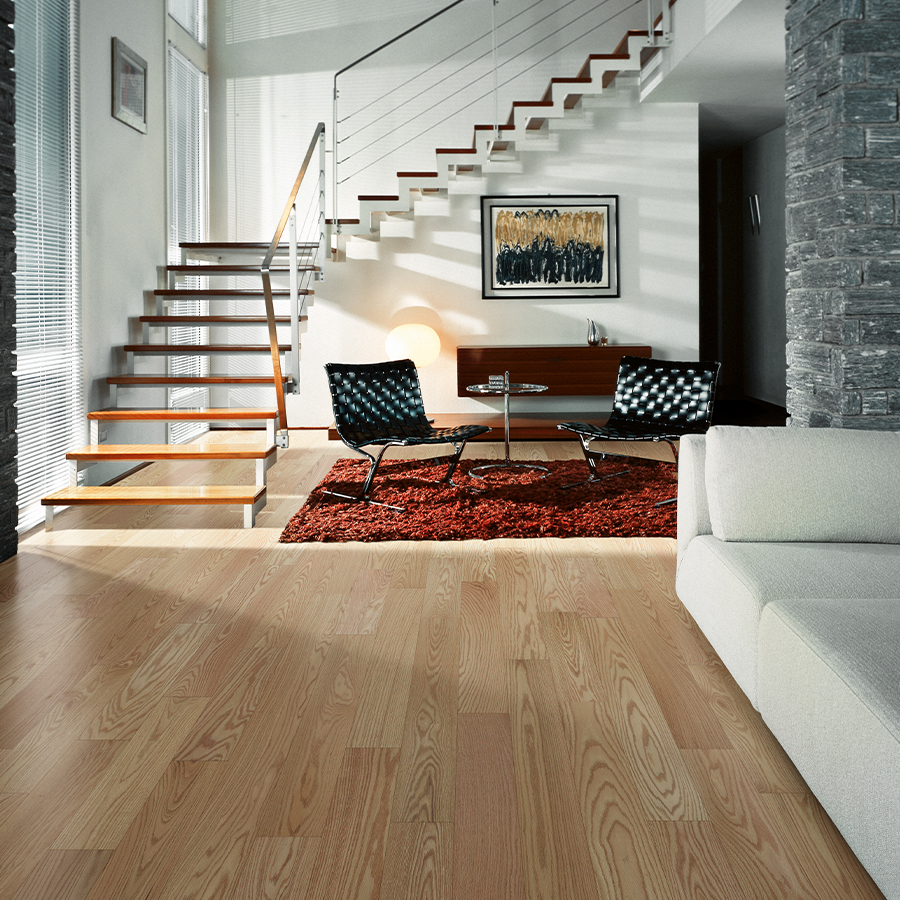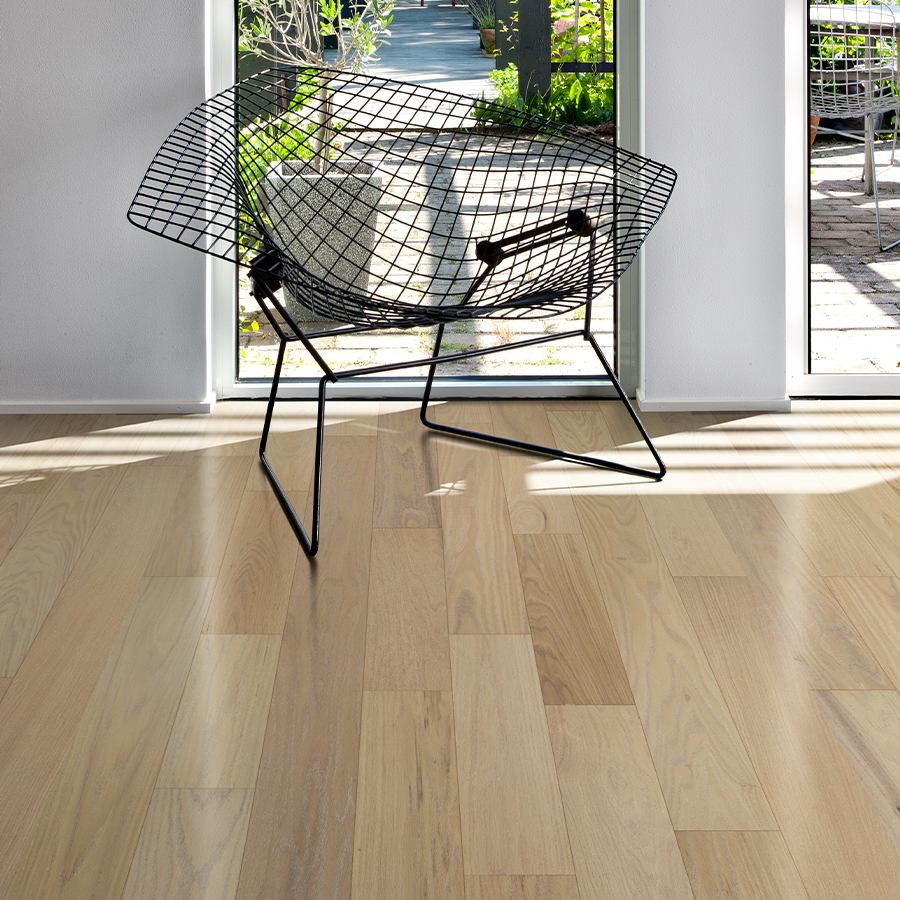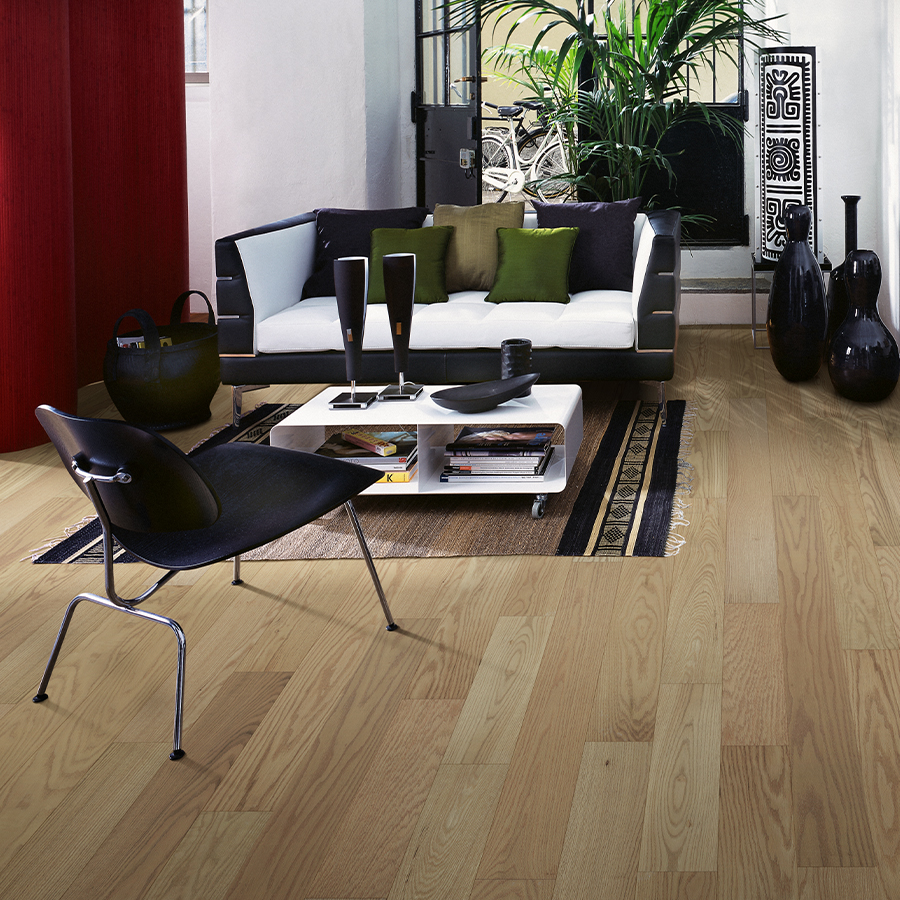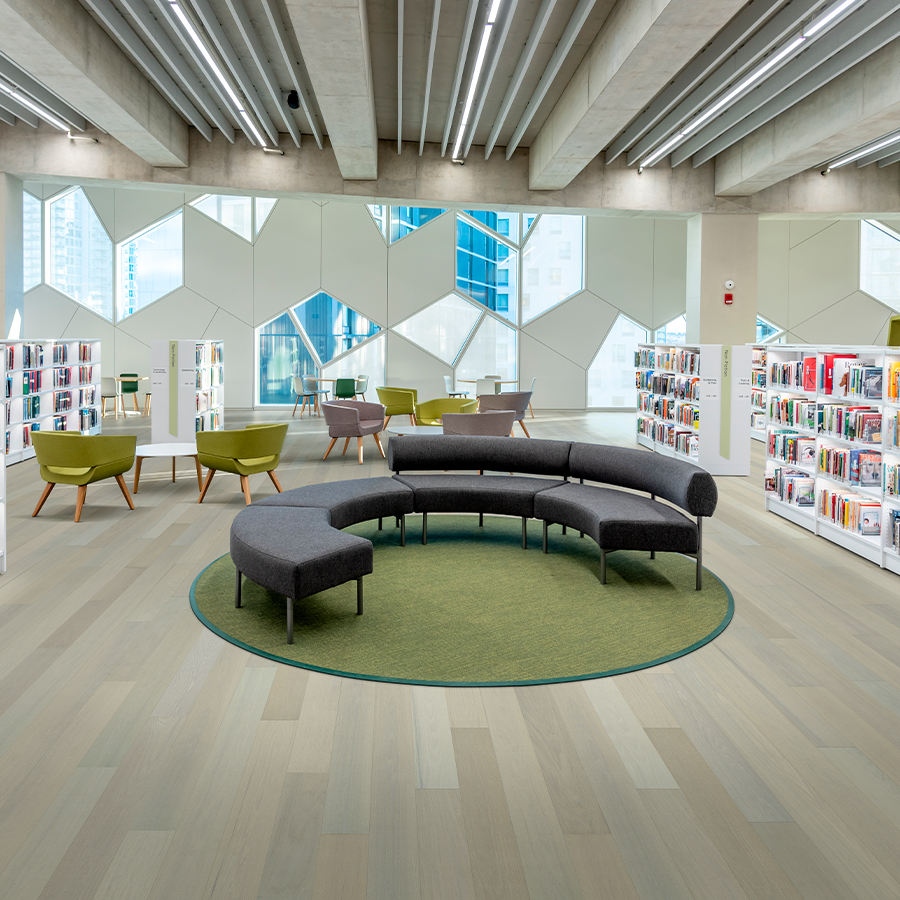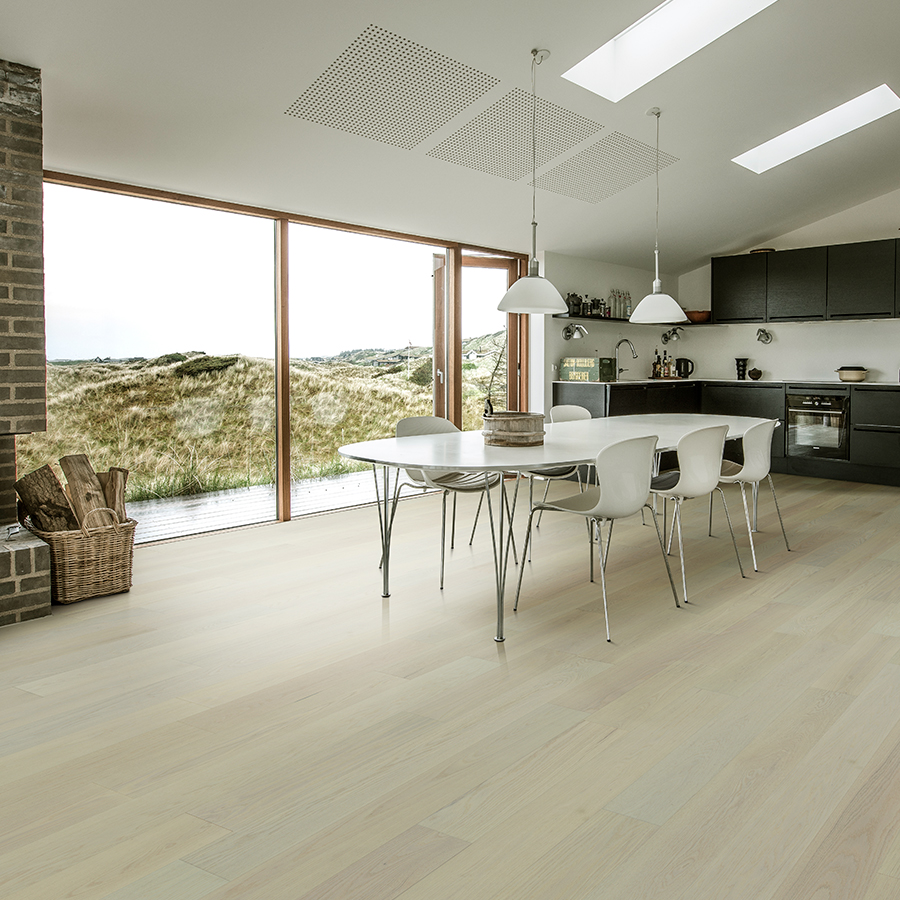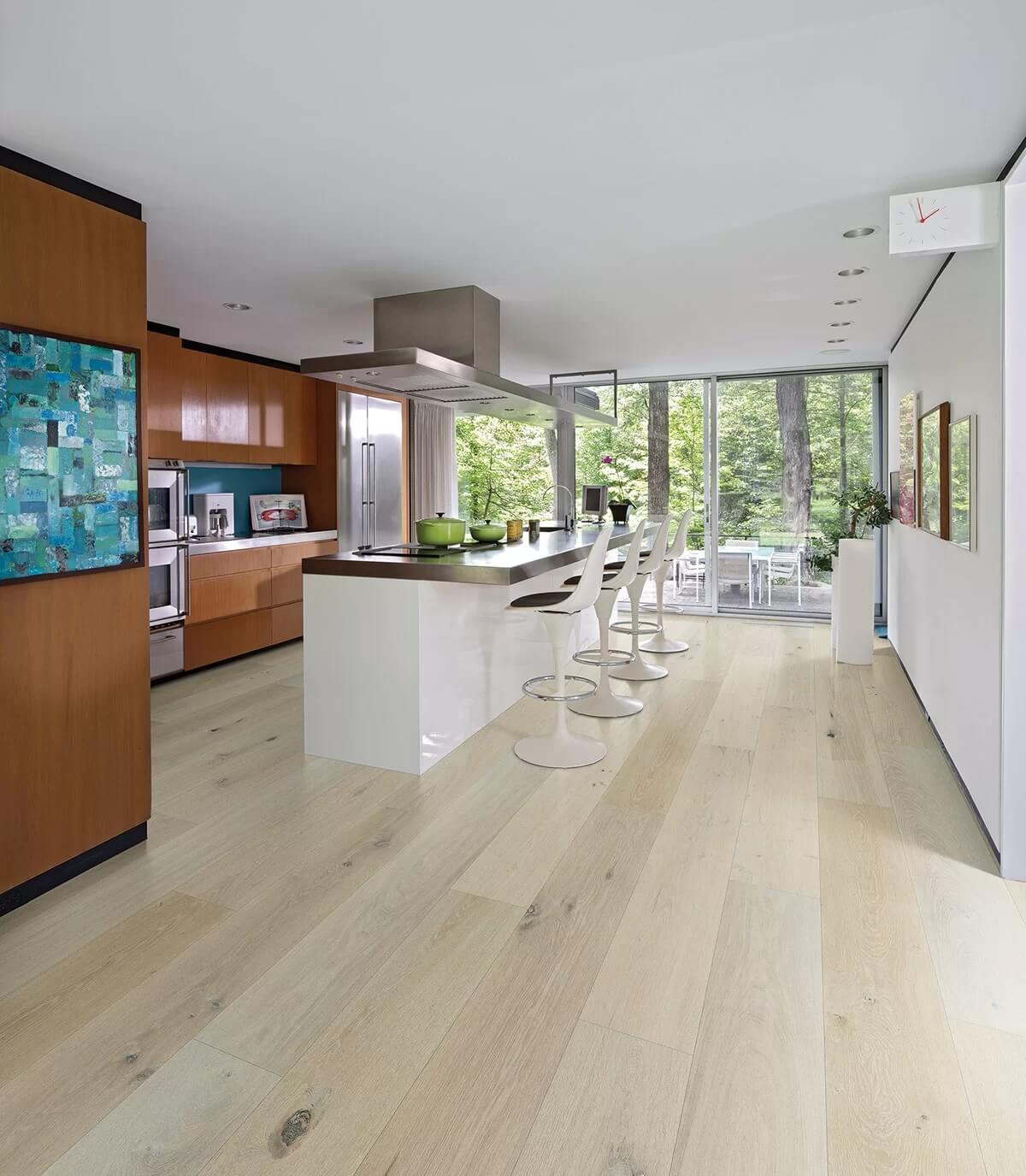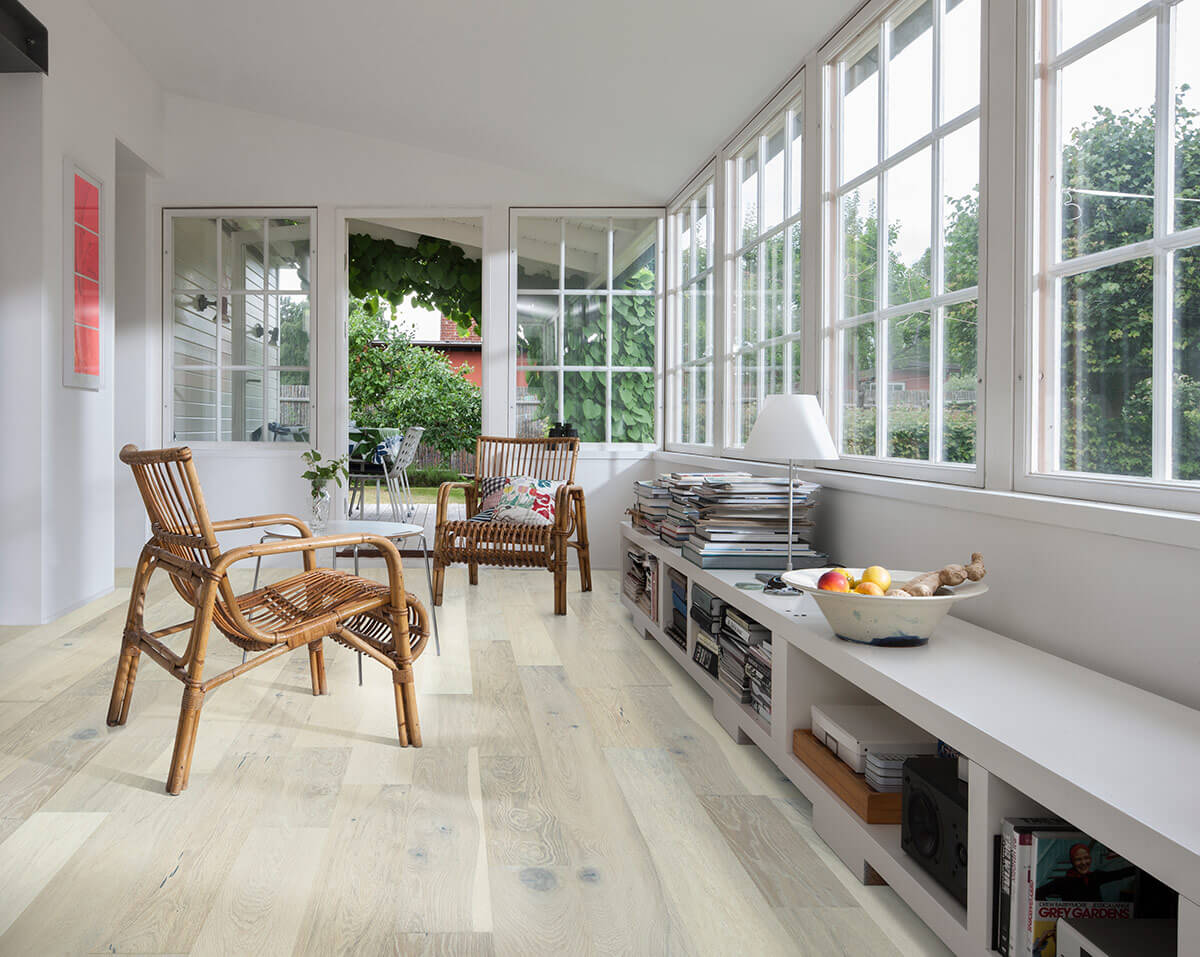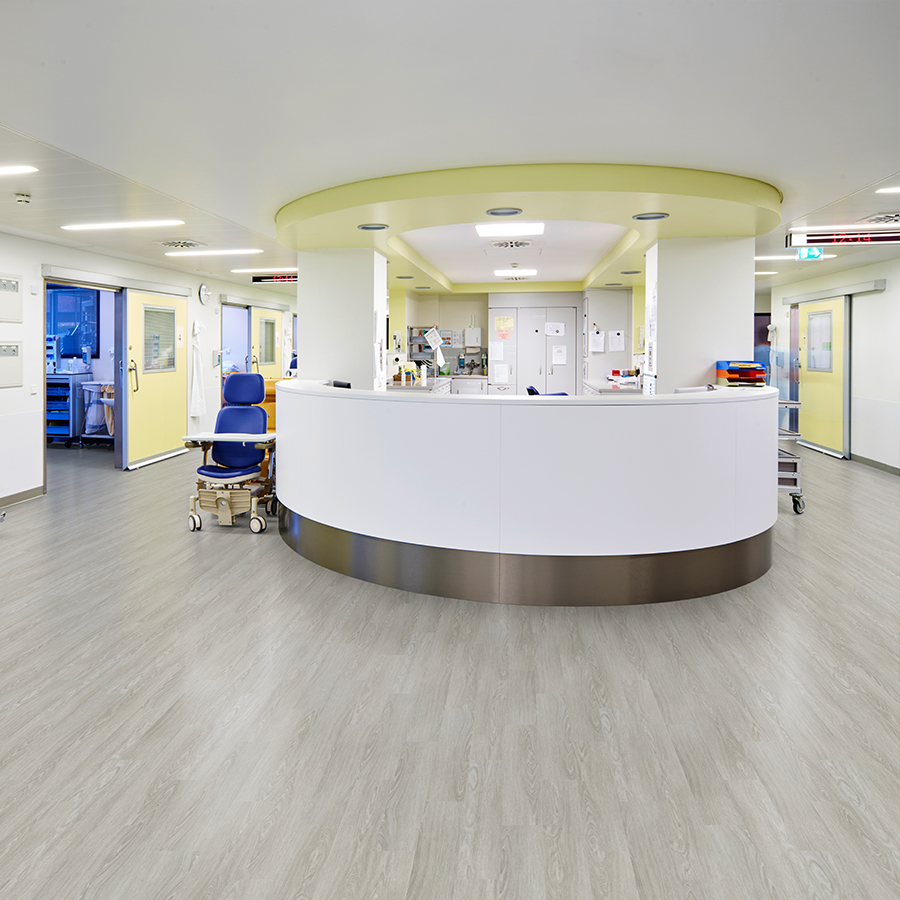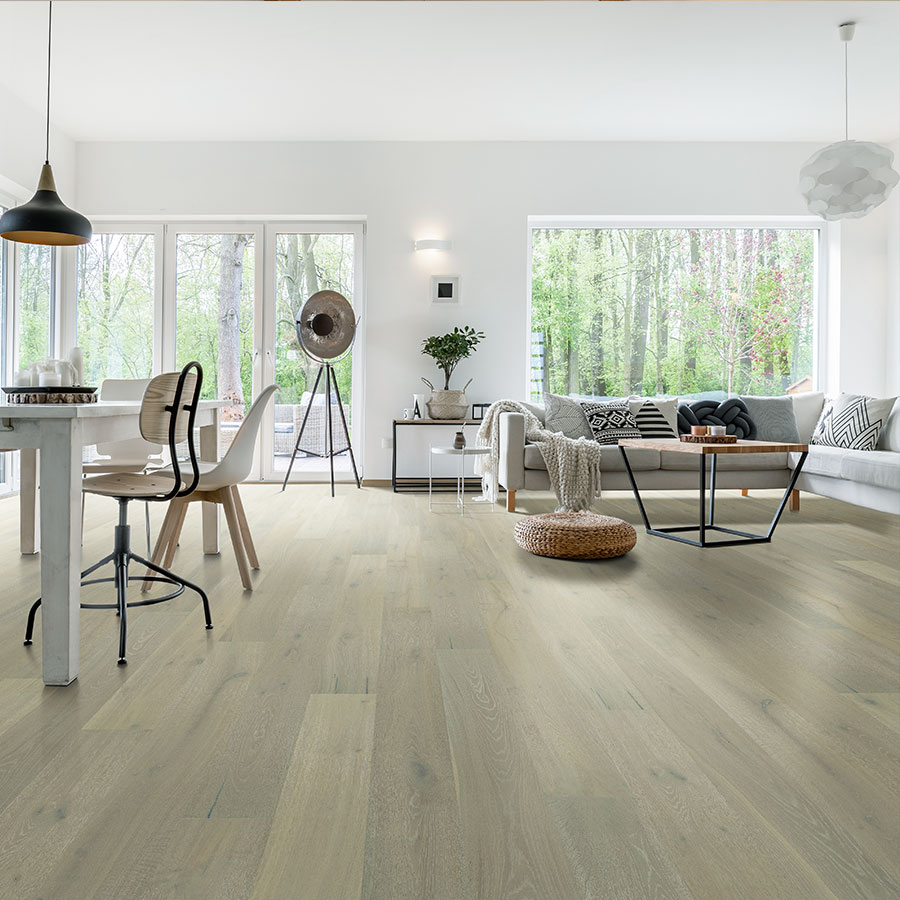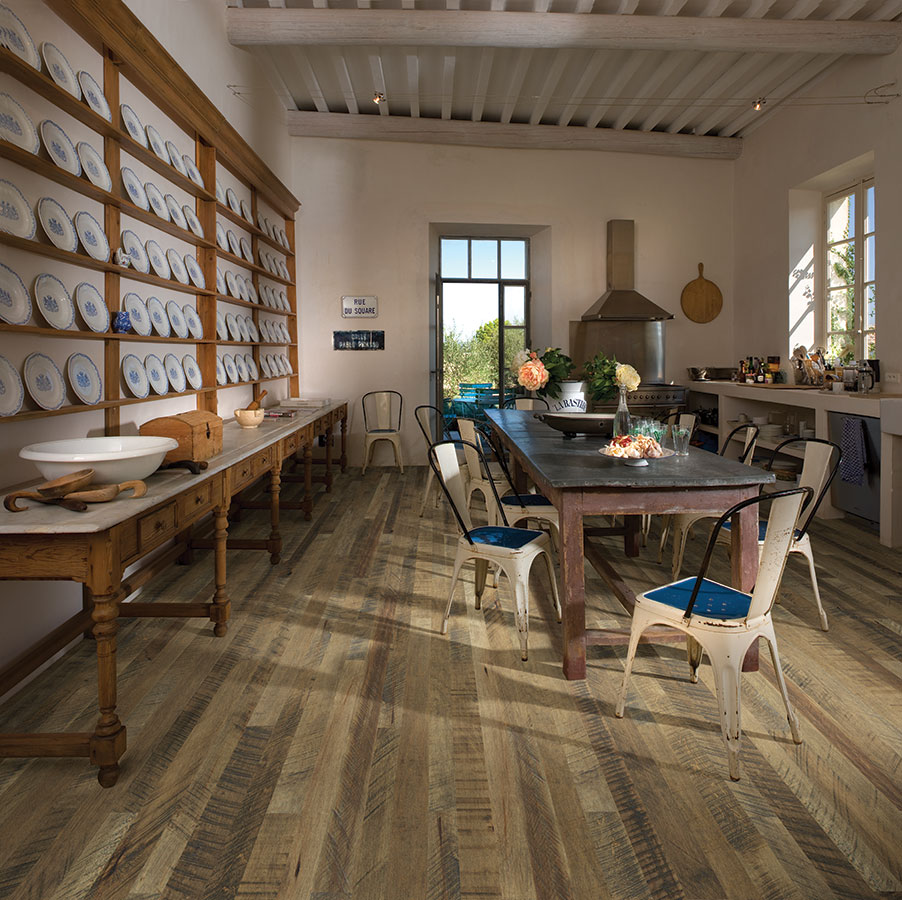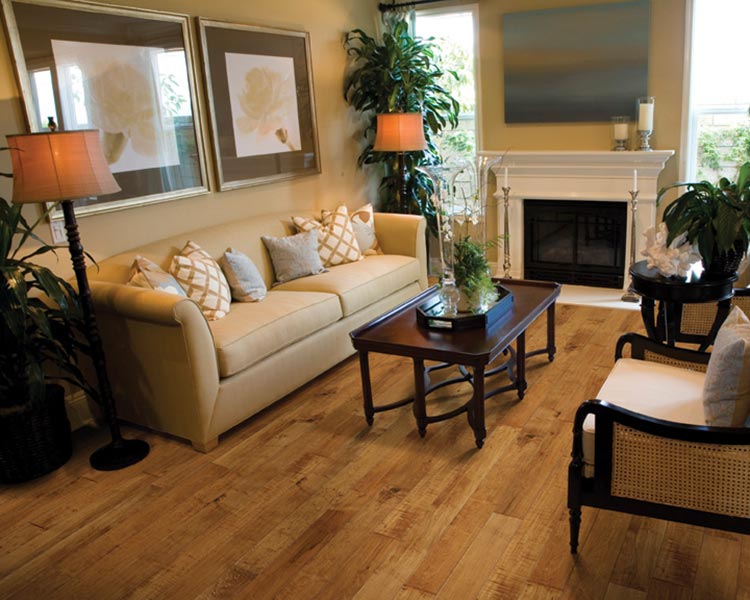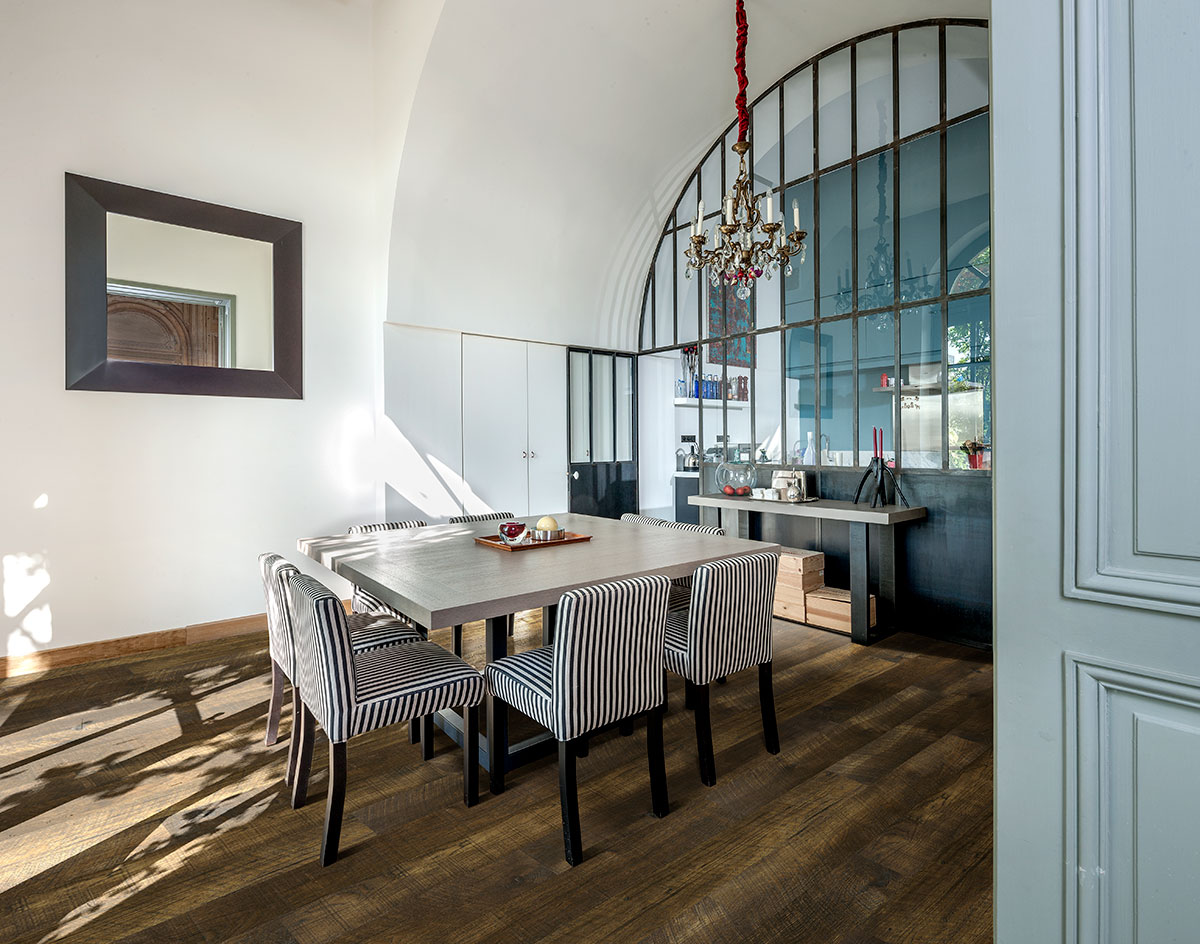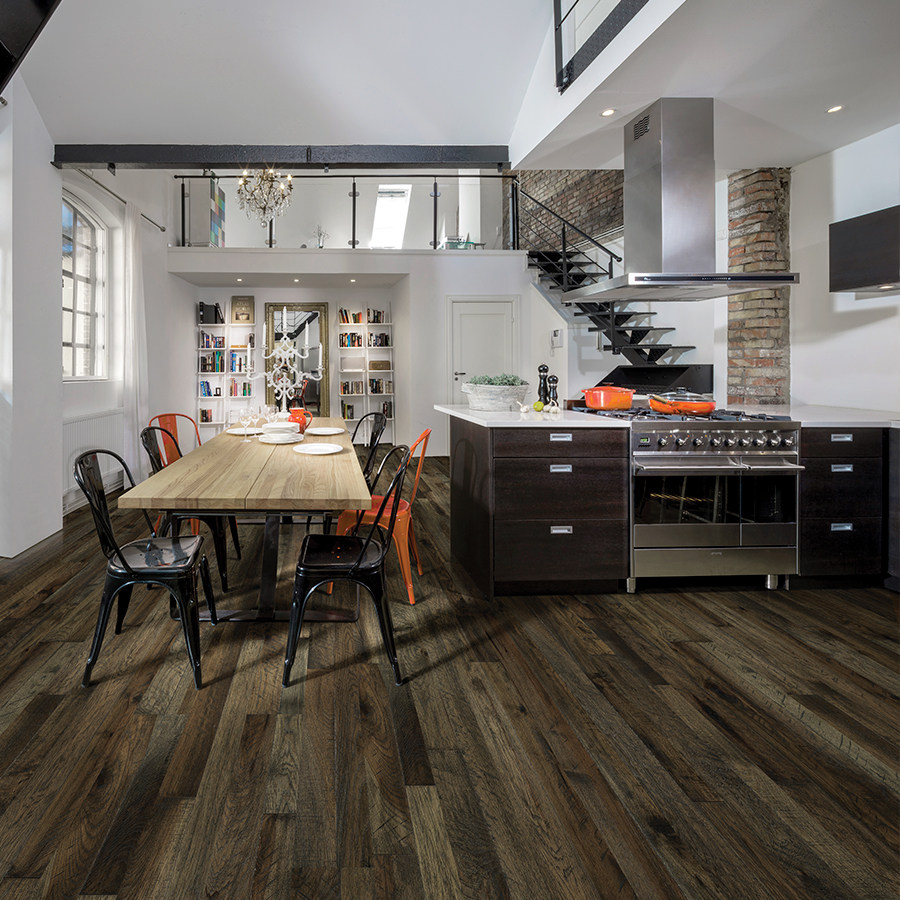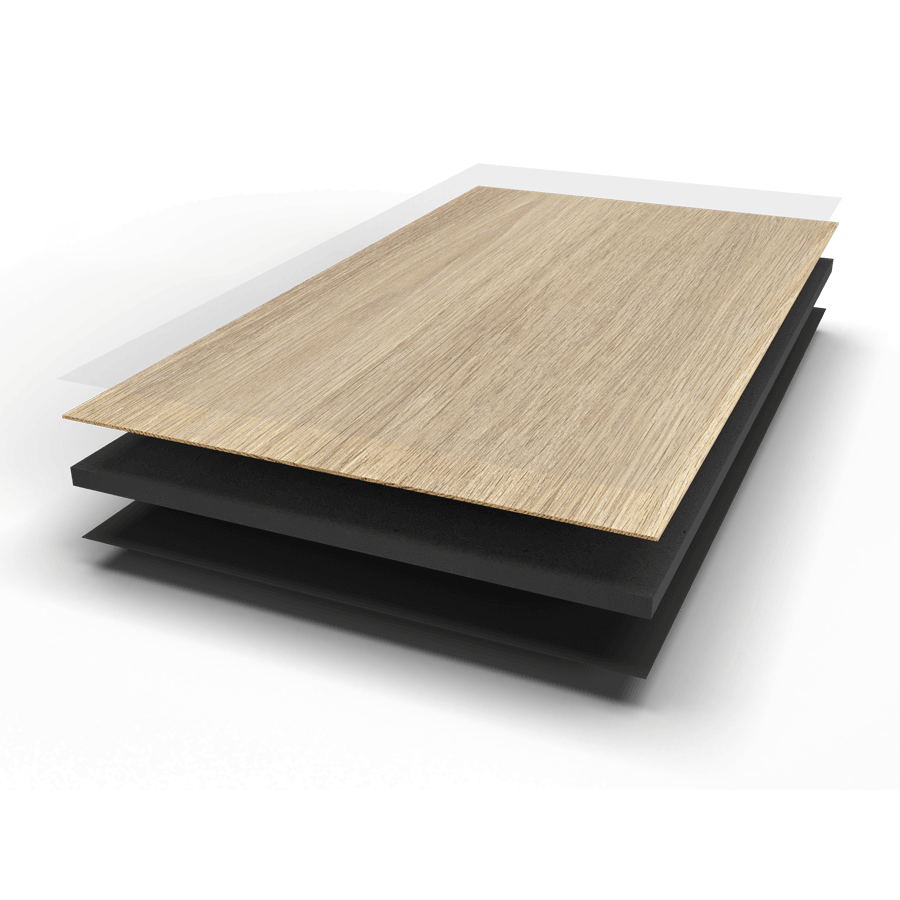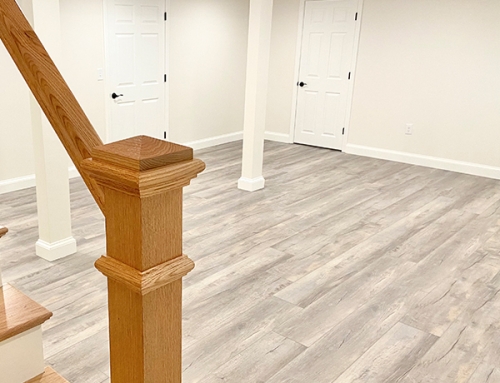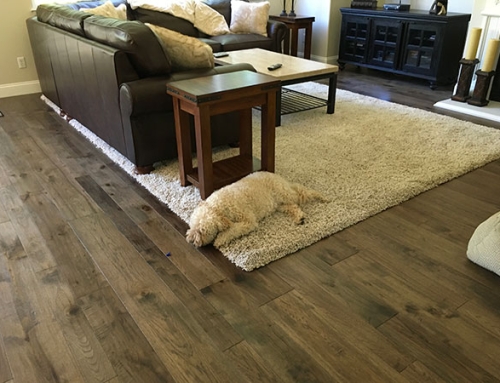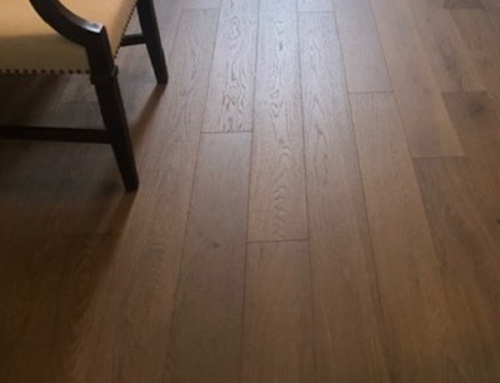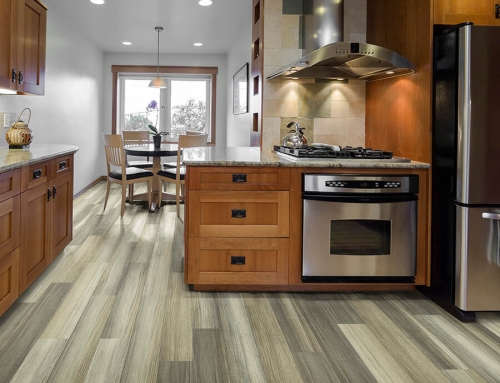SOLID HARDWOOD FLOORING
The Long-Term Value and Benefits
Comparing Hickory, Maple and Oak
To understand how wood flooring holds up in your home, it helps to know that the industry ranks every species using something called the Janka Hardness Scale. This test measures how much force it takes to embed a small steel ball halfway into the wood. We use Red Oak as the benchmark for this scale, so as you read through this comparison, imagine Red Oak as the standard “medium” hardness against which everything else is measured.
–
–
–
–
–
–
–
–
Starting at the softer end of the spectrum, you have species like Pine, particularly Southern Yellow Pine or Heart Pine. While Pine is beautiful and offers a warm, traditional aesthetic often associated with historic homes, it is significantly softer than oak. As a homeowner, you need to accept that this floor will develop a “patina” of dents and dings very quickly. High heels, dog claws, and dropped toys will leave permanent marks. However, many people actually choose Pine specifically for this reason, as it develops a lived-in, rustic character over time that hides isolated damage by simply making the whole floor look distressed.
RED OAK
Stepping up to the industry standard, we find Red Oak. This is the most common hardwood flooring in North America for a reason. It sits right in the “sweet spot” of durability; it is hard enough to resist major denting from daily traffic but resilient enough to be comfortable underfoot. One of the massive advantages of Red Oak for a busy household is its heavy graining. The strong, swirling grain patterns act like camouflage, hiding the inevitable scratches and dust that accumulate between cleanings.
WHITE OAK
Slightly harder than Red Oak is its cousin, White Oak. This wood has become incredibly popular in modern renovations because it has a straighter, cleaner grain pattern that looks less busy than Red Oak. Aside from being slightly harder and more resistant to denting, White Oak is naturally more water-resistant because its pores are plugged with a substance called tyloses. This makes it a safer bet than Red Oak if you are running the wood into a kitchen or a half-bath where minor spills are more likely to occur.
HARD MAPLE
If you need a floor that can withstand heavier abuse, you move up the scale to Hard Maple. Maple is significantly harder than Oak, making it the traditional choice for bowling alleys and basketball courts. It has a very creamy, consistent color with almost no visible grain. While this makes for a stunning, contemporary look, there is a trade-off. Because Maple has so little grain texture to hide flaws, big scratches tend to show up more clearly against the smooth surface than they would on a grainier wood like Oak. It is physically tougher, but visually less forgiving.
HICKORY
Finally, the heavyweight champion of domestic hardwoods is Hickory. This is the hardest commonly used North American wood, ranking well above Maple and Oak. If you have large dogs or a chaotic household, Hickory is often the best choice. It is incredibly dense and difficult to dent. The aesthetic of Hickory is also distinct; it often features dramatic color variations between light blonde and dark brown within the same plank, giving the floor a very rustic, energetic look. It is nearly indestructible in a residential setting, though its hardness makes it more difficult for installers to cut and sand.
WHAT ARE THE ADVANTAGES OF USING SOLID HARDWOOD FLOORING?
As a homeowner, choosing solid hardwood is one of the most significant investments you can make. While the upfront cost is higher than other options, its primary advantage is that it is a lifetime floor. Unlike carpets, vinyl, or even engineered wood, solid hardwood often never needs to be replaced—only restored.
Here are the specific advantages of solid hardwood flooring, categorized by how they benefit you as a homeowner.
1. Unmatched Longevity & Restoration
This is the single biggest technical advantage of solid hardwood over engineered hardwood or laminate.
Multiple Refinishings: Because the plank is solid wood all the way through, you can sand it down and refinish it 5–10 times depending on the thickness. This means if you scratch it, dent it, or simply want to change the color in 20 years, you don’t have to rip out the floor. You just sand and stain it.
Generational Durability: With proper maintenance, these floors can last 100+ years. Many century-old homes still have their original solid hardwood flooring.
2. Financial & Resale Value
Higher ROI: Solid hardwood adds immediate real estate value. It is widely considered a “premium” feature by homebuyers.
Faster Resale: Homes with hardwood floors tend to sell faster than those with wall-to-wall carpeting. Buyers often view carpet as “someone else’s dirt,” whereas hardwood is viewed as clean and permanent.
Cost Over Time: While expensive initially, the “cost per year” is incredibly low because you don’t have to replace it every 10–15 years like carpet or laminate.
3. Aesthetic & Design Versatility
Timeless Appeal: Unlike grey laminate or patterned tile, natural wood grain never goes out of style.
Agnostic Styling: Hardwood works with almost any interior design style, from modern minimalist to rustic farmhouse.
Customization: Since you often install it unfinished (or can sand it down), you have total control over the stain color and finish (matte, satin, or gloss) to match your specific decor.
4. Health & Maintenance
Hypoallergenic: Hardwood does not trap dust, pollen, particulate matter, or pet dander like carpet fibers do. This significantly improves indoor air quality.
Easy Cleaning: Maintenance is generally limited to sweeping and damp mopping. You avoid the deep steam-cleaning required for carpets.
5. Structural Feel
Solidity: Solid hardwood is usually nailed to the subfloor. This creates a dense, sturdy feeling underfoot. It lacks the “bouncy” or “hollow” sound that floating floors (like laminate or click-lock vinyl) can sometimes have.
Important Consideration
While you asked for advantages, as a homeowner you should know the one “kryptonite” of solid hardwood: Moisture. Solid wood expands and contracts with humidity. It is generally not recommended for:
Basements (below grade).
Bathrooms with showers/tubs.
Installation directly over concrete slabs (without a proper subfloor system).
Possible Next Step
Since longevity is the main selling point, the type of wood matters immensely (e.g., Oak is durable, while Pine is soft and dents easily).
WHAT ARE ‘SITE FINISHED’ AND ‘PRE-FINISHED’ FLOORING?
One of the most critical decisions you will make when buying solid hardwood is whether to have the wood finished in a factory before it arrives at your house (Pre-Finished) or to have raw wood installed and then sanded and stained inside your home (Site-Finished). This choice drastically changes both the installation process and the final look of your floor.
☼ The Aesthetic Difference: Bevels vs. Table-Top
The most visible difference between these two lies in the seams. If you buy pre-finished flooring, the manufacturer has to account for the fact that your subfloor isn’t perfectly flat. To prevent the edges of the planks from sticking up and catching your toe, they cut a tiny “V” groove (called a micro-bevel) along the edges of every board. This means a pre-finished floor will always have visible lines separating each plank. While some homeowners like this textured look, these grooves can collect dust and crumbs over time.
In contrast, site-finished flooring offers a completely smooth, seamless surface. Because the installer sands the entire floor flat after laying the raw wood, the machine shaves down any uneven heights between the boards. The result is a “table-top” flatness where you can slide a sock across the room without hitting a single bump or groove. This is the traditional look found in historic homes and is generally considered easier to keep clean because there are no crevices for dirt to hide in.
☼ The Durability Trade-Off: Armor vs. Repairability
There is also a massive difference in the chemistry of the finish itself. Pre-finished floors are coated in a factory using a substance called Aluminum Oxide. This is incredibly hard—much harder than anything an installer can apply in your house. It is cured under UV lights and acts almost like a sheet of armor or plastic over the wood. It is extremely resistant to scratches and will likely look new for longer than a site-finished floor.
However, that strength is also its weakness. Because Aluminum Oxide is so hard, it is notoriously difficult to spot-repair. If you scratch a pre-finished floor, you cannot simply “buff it out” because the surrounding finish is too tough to blend with a repair kit. Often, you have to replace the entire board.
Site-finished floors are typically coated with Polyurethane (either oil or water-based). While this is softer and will scratch more easily than the factory finish, it is much more forgiving. When a site-finished floor starts to look worn after 5 or 10 years, you can often do a “screen and recoat.” This is a light maintenance process where a pro lightly abrades the top layer and puts down a fresh coat of finish, making the floor look brand new without a full sanding. This is rarely possible with pre-finished floors because the factory coating is chemically resistant to new layers of finish sticking to it.
☼ The Installation Experience
For you as the homeowner living in the house, pre-finished flooring is the clear winner in terms of convenience. The installers arrive, nail the wood down, and leave. There are no fumes, no drying time, and you can walk on the floor immediately. It is a “done in a day” project.
Choosing site-finished flooring is a major renovation event. Once the raw wood is nailed down, the sanding process begins, which creates fine dust that can migrate throughout the house even with vacuums. Then comes the staining and sealing, which involves strong chemical fumes. You will likely need to move out of your house (or at least off that floor) for several days to let the finish cure. You generally cannot walk on it for at least 24 hours after the final coat, and you cannot put furniture back for several days.
The Long-Term “Lifetime” Reality Since you are interested in a “lifetime” floor, there is one final technical detail to consider. When you eventually sand and refinish a pre-finished floor (perhaps 20 years from now), the sander must grind the wood all the way down to the bottom of those micro-bevels to get the floor flat. This removes a significant amount of the wood’s “wear layer” during the very first refinishing, potentially shortening the overall lifespan of the floor compared to site-finished wood, which starts flat and requires less aggressive sanding to restore.

